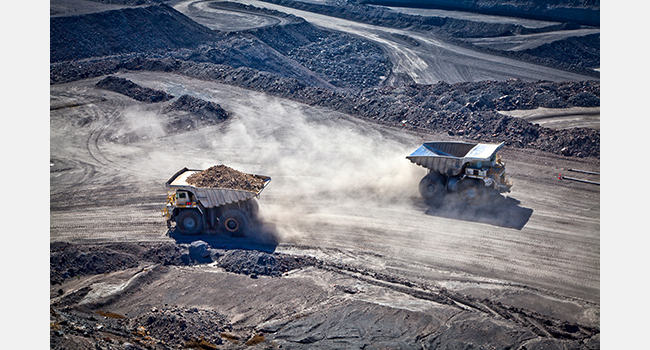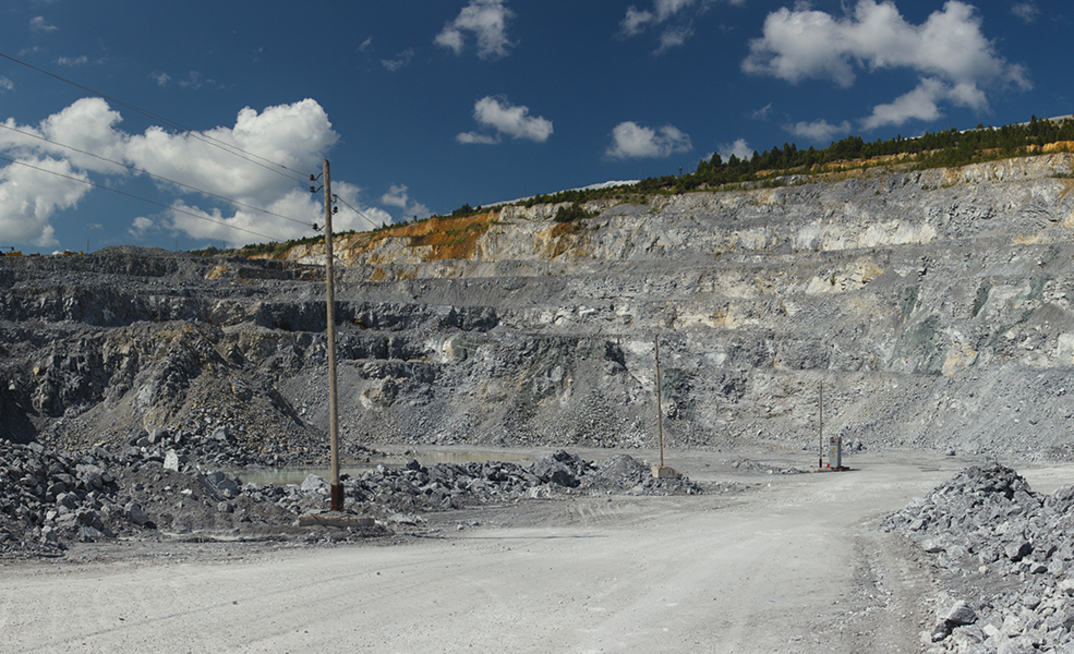Auto-mate solutions & implementations manager Damien Williams believes that may bring the best of both those worlds.
To his mind automation will bring the best out of electric vehicles and electrification will make it much easier to automate equipment.
"It's not really one driving the other or one hindering the other," he said.
"They are almost symbiotic."
Consider what is happening in the automotive sphere.
The internal combustion engine has ruled the automotive world for more than one century and the approach has been pretty much unchanged for all that time. The engine feeds into the drive train that turns the wheels and moves the car forward.
Electric vehicle makers have turned to wheel motors, replacing the drive train and all the complications that come with that. It makes for a much simpler approach.
Mining truck makers are already across this of course. Electric drive haul trucks have been making use of wheel motors for decades. Yes, those trucks use a diesel engine but that is just the power source for the wheel motors. It could theoretically be a battery.
Williams said this approach would benefit automation.
"Let's get the energy source driving the components directly," he said.
Williams' argument is that by removing the drivetrain and hydraulic gearboxes and replacing them with electric motors, automation systems become much more effective.
Removing those components removes the "noise".
"It's a reduction of input-output complexity," Williams said.
"Your control of that machine can be much tighter.
"You are taking away layers of conversion."
Williams said that approach became even more effective when applied to other pieces of equipment such as drills where diesel engines play an even bigger part driving hydraulics and air compressors.
"In addition to the myriad of transfer systems you have to monitor, parasitic loss occurs from the moment the piston fires until it activates the movement or pressure of hydraulic fluid or air. Without these steps you can be more accurate and economical in your autonomous control, critical on conventional drills where the air supply can directly impact the quality of the holes being drilled," he said.
Williams argues that using electric motors to provide the drill torque could give an even better outcome, particularly when considering introducing automation to the drilling process.
The "noise" internal combustion engines bring to the control process means automation systems providers have to start introducing fuzzy logic to compensate.
"We can be so much more effective when we don't have to use fuzzy logic," Williams said.
"With an internal combustion engine, you have more variability in output due to the underlaying design, for example what position is each cylinder is in before it starts, what condition is it in and which one is going to fire first.
"It is so much simpler with electric motors, the design complexity is not there."
"A drive to automate EV's is going to come down to management and conversion of energy."

Williams said electrification of equipment provided other issues that would have impacts on operators.
Heating is one of them. While not such an issue in Australian operations, consider those operations where the temperature goes well below 0C.
With conventional equipment waste heat from the diesels provides that heating.
"With electric vehicle providing heating can be very energy intensive," Williams said.
"You may have to put on additional componentry.
"However, if the machine is automated, there is no operator and no need for heat."
Torque is another issue. Electric vehicles can bring an enormous amount of torque to bear, which can make for an uncomfortable ride for the operator. No operator, no need to worry about that and the full torque the machine is capable of can be brought to bear optimally.
Range anxiety is a problem facing EV use and Williams believes automation can play a role in alleviating that.
"An automation platform can be tuned to get the best productivity and efficiency for an electric drive system," he said. "if there are acceleration or speed parameters for machines that will get the best efficiency from their electric energy source we can tailor our systems to achieve this."
"In addition, automation allows us to look beyond our immediate horizon, we know a logistics and support function beyond light vehicles will be needed to support the mine of the future and so we've been investing into a fit for purpose EV platform to do just this."
























